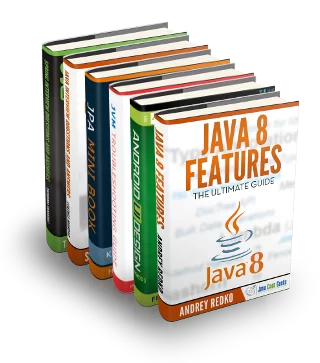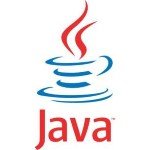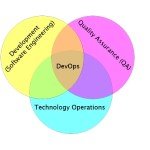-
Software Development

Generative AI: An In-Depth Analysis
In the vast landscape of artificial intelligence, one particular branch stands out for its creative potential and innovative applications –…
Read More » -
Core Java

Bloom Filters: Supercharge Your Membership Checks in Java!
Ever checked for typos in a document? Or searched for a specific item in a massive online store? You’ve encountered membership…
Read More » -
Web Development

The Unicorn of Code: Is There a Perfect Programming Language?
From the dusty halls of academia to the bustling tech hubs, a heated debate rages on: can we ever truly…
Read More » -
Software Development

Open Source Frameworks for Distributed Computing in Java
In distributed systems, Java Open-Source frameworks stand as pillars, offering robust solutions to complex challenges. These frameworks empower developers to…
Read More » -
Software Development

Bitcoin in 2024: Boom or Bust? Forget the Crystal Ball, Let’s Talk Reality
Remember Beanie Babies? Remember fidget spinners? If you’re nodding your head, you know the fickle nature of trends. So, where…
Read More » -
Software Development

Understanding Continuous Integration and Continuous Delivery (CI/CD)
In the realm of software development, prioritizing agility and efficiency is of utmost importance. Teams strive to streamline their processes,…
Read More »






